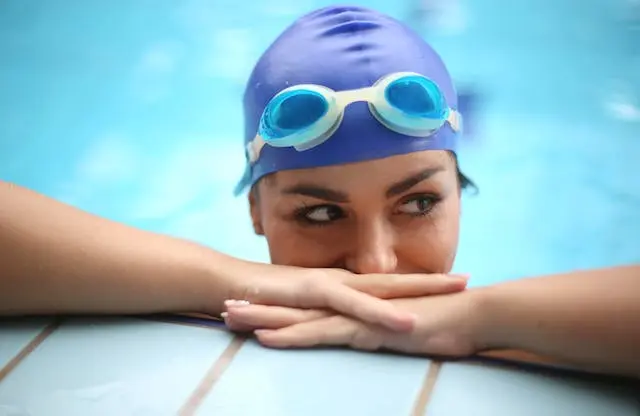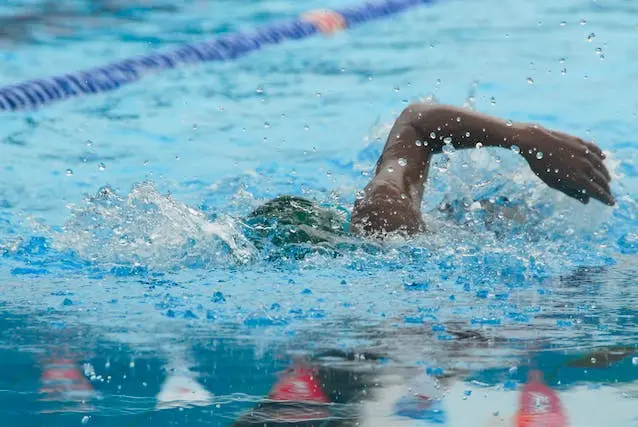Adorable Splashes: 10 Must-Know Trends in Cute and Functional Baby Swimwear
Welcoming a baby into the world is a joyous occasion, and what better way to celebrate than with cute and functional swimwear for those memorable splashes? In this comprehensive guide, we’ll dive into the latest trends in baby swimwear, ensuring your little one is not only stylish but also comfortable. Let’s explore the world of adorable swimsuits designed to make a splash!
Table of Contents
What are the current trends in baby swimwear designs?
- Whimsical Prints: Explore the enchanting world of baby swimwear with prints featuring cute animals, playful shapes, and imaginative patterns.
- Vibrant Colors: Dive into a spectrum of colours, from pastels to bold hues, enhancing the visual appeal of baby swimsuits.
- Trendy Designs: Discover how contemporary fashion trends influence baby swimwear, incorporating elements like ruffles, bows, and asymmetrical cuts.
Are there functional features in baby swimwear for added convenience?

- Easy Diaper Access: Uncover swimwear designs with convenient snaps or zippers for quick diaper changes, minimizing the hassle during pool or beach outings.
- Quick-Drying Materials: Explore the benefits of fabrics that dry rapidly, ensuring comfort for the baby and avoiding prolonged wetness.
- Adjustable Straps: Understand the importance of adjustable straps that provide a secure fit, accommodate different body shapes, and allow room for growth.
How can parents ensure their baby’s swimwear provides adequate sun protection?
- UPF-Rated Fabrics: Delve into the concept of UPF (Ultraviolet Protection Factor) and how fabrics with higher UPF ratings offer superior sun protection.
- Specialized Features: Explore swimwear with added features like long sleeves, hoods, or built-in sun hats, enhancing sunblock capabilities without compromising style.
What materials are best suited for baby swimwear?

- Nylon: Understand the durability and flexibility of nylon, a popular choice for swimwear due to its resistance to damage from chlorine and sunlight.
- Spandex: Explore the stretchiness of spandex, contributing to a snug yet comfortable fit for the baby during water activities.
- Polyester: Learn about the lightweight and quick-drying properties of polyester, ideal for active infants engaging in water play.
Can you recommend budget-friendly options without compromising on quality?
- Reputable Brands: Identify well-known brands that offer affordable yet high-quality baby swimwear, ensuring that budget constraints don’t limit style and functionality.
- Stylish Options: Showcase specific swimsuits that prove that affordability doesn’t mean compromising on style, featuring trendy designs at accessible prices.
How can parents find the right size and fit for their baby’s swimwear?

- Growth Considerations: Guide parents in selecting swimwear with growth in mind, choosing slightly larger sizes for longevity and prolonged use.
- Comfort and Security: Emphasize the importance of a well-fitted swimsuit in ensuring the baby’s comfort and providing security during water activities.
Are there eco-friendly and sustainable options for baby swimwear?
- Sustainable Materials: Explore the use of eco-friendly materials like organic cotton, recycled polyester, or bamboo fabric in the production of baby swimwear.
- Environmentally Responsible Brands: Highlight brands committed to sustainable practices, appealing to environmentally conscious parents seeking greener alternatives.
Can parents easily find matching swimwear sets for family outings?

- Coordinated Family Sets: Showcase the joy of coordinating family swimwear sets, featuring matching outfits for parents and babies that add an extra layer of fun to family outings.
- Variety of Options: Explore brands offering diverse matching options, allowing families to express their unity through stylish and complementary swimwear.
How can parents maintain and care for baby swimwear to ensure longevity?
- Proper Washing Techniques: Provide detailed instructions on gentle washing methods, avoiding harsh detergents that may damage delicate fabrics.
- Drying and Storage Tips: Guide parents on proper drying techniques and storing practices to prevent colour fading, maintain elasticity, and extend the overall lifespan of the swimsuit.
What DIY options are available for parents who enjoy crafting their baby’s swimwear?
- Customization Techniques: Encourage creativity with tips on personalizing baby swimwear through techniques like fabric painting, appliqué, or adding embellishments.
- Simple DIY Projects: Share easy-to-follow DIY projects that even parents with minimal crafting experience can undertake, fostering a sense of accomplishment and uniqueness.
Conclusion
In the world of baby swimwear, cuteness meets functionality, creating a delightful experience for both parents and their water-loving babies. With the insights gained from this guide, you’re well-equipped to choose the perfect swimsuit that combines style, comfort, and practicality. Let the adorable splashes begin!

How often should I replace my baby’s swimwear, considering their growth and wear and tear?
Growth Milestones: Regularly assess your baby’s growth milestones, replacing swimwear as needed to accommodate their changing size. This ensures a comfortable fit for an active and growing little one.
Check for Wear and Tear: Keep an eye on the condition of the swimwear, especially if your baby engages in frequent water activities. Replace any items showing signs of wear, such as faded colours, stretched elastic, or compromised fabrics, to maintain both style and functionality.
Are there any special considerations for choosing swimwear for babies with sensitive skin?
Select hypoallergenic fabrics: Go for swimwear composed of materials that are less likely to cause allergies, like organic cotton or textiles free of harsh chemicals. These solutions lessen the chance of irritation because they are kind to delicate skin.
Avoid Tight Fits: To reduce needless friction on the skin, choose swimwear with a loose, airy fit. Additionally, loose-fitting clothing helps reduce chafing and discomfort.
Seek for UPF Protection: To protect your baby’s sensitive skin from damaging UV radiation, give priority to swimwear with integrated UPF protection. This is particularly important for infants, whose skin is delicate and prone to sunburn.





